
Review on 🌡️ uxcell Mini LCD Refrigerator Freezer Fridge Digital Thermometer Black - Accurate Temperature Monitoring for Optimal Food Storage by Tara Greene

How to convert them to display directly in Fahrenheit
Most people's biggest criticism of these units is Celsius readings. However, there is room on the board for a jumper (a drop of solder) to switch it to Fahrenheit readings. Opening the blocks is probably the most difficult part of the whole process. Slide the battery compartment and remove the two button cells. Take a small flathead screwdriver and insert it into each of the four holes on the back of the device one at a time, move around and push the small tabs on the latch inward until you can pry the tab out of the hole where it is located in the front of the chassis . Once you release them, you can separate the back from the front. When removing the back cover, note the orientation of the circuit board in the front half of the case. Also note the "zebra crossing" that connects the display to the circuit board when the unit is assembled. These crosswalks are made of alternating pieces of conductive and insulating "gummy" material sandwiched together. If you look very closely, you can see the alternating black and translucent disks. In any case, the zebra crossing on every other pane is rubbery and conductive. The idea is that a row of pins on a circuit board can be connected to a corresponding row of pins on an LCD simply by pushing a zebra stripe between the circuit board and the display. So when the device is assembled, the circuit board is pressed against the zebra stripe hard enough to compress the zebra stripe and make good contact with both the display and the circuit board. Now if you pull the circuit board out all the way forward and then rotate it, you will see a row of pins along one edge that are to be connected to the zebra stripe. So it's easy to put the board back in place just by watching those pins and knowing they need to be in contact with the crosswalk when you put it back together. OK. Now look at the green side of the circuit board. Near one corner of the board you'll find a set of three pegs. One marked "F" and the other marked "2S". The third (middle) contact is unmarked. Presumably this is common to the other two. When connected between the center pin and the pin marked "F", the display will show degrees Fahrenheit. The idea is that you just place a blob of solder to connect the two pins. This is easy to do if you have experience soldering circuit boards. The other pin labeled "2S" probably speeds up the display's refresh rate. As a result, the device reads a little faster, which can be good in some applications. However, this will likely reduce battery life as well. So that would be a compromise you would have to decide if you want to do it. I haven't had time to fully test the resulting devices, but both are accurate to within 1/10th of a degree C each, which is reassuring. On the other hand, both can simply deviate by the same amount in the same direction! I'll probably test them and maybe even see if there's a way to calibrate them by changing the value of a resistor or two on the board. .But at the same time I give them four stars because they are pretty good for the money. Edit to add: You read the same thing at near room temperature. Now that I've changed both of them to read in Fahrenheit, for example, they're sitting here on my desk and both read 74.3 degrees Fahrenheit. F, one of them showed 34.7, and the other - 34.3. So both differ by a few degrees Fahrenheit and are not identical at this temperature. They may be wrong at room temperature, but they just agree. More testing and some investigation is needed to determine if they can be calibrated.
- Useful for more than its intended purpose
- Makes me angry
New products
Comments (0)
Top products in 🧂 Kitchen Utensils & Gadgets

TQVAI 3-Tier Spice Rack Organizer With Pull Out Drawers - 30 Jars And Labels - Perfect For Kitchen Countertops, Cabinets And Pantry - Upgraded Version In White

44 Review

Cocktail Shaker, Cocktail Shaker Set, Martini Shaker, Drink Shaker, Bartender Kit 25 Oz Margarita Drink Mixer Christmas Gift, Muddler, Mixing Spoon, Jigger, Liquor Pourers Alcohol Tool Strainer Set

44 Review

Geratherm Classic Green Thermometer

44 Review
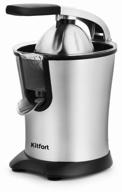
Citrus juicer Kitfort KT-1108, black/silver

126 Review
Another interesting products
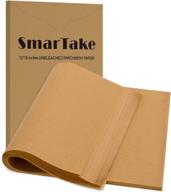
300PCS Pre-Cut Unbleached Parchment Paper Sheets - Perfect For Baking, Grilling, Air Fryer & Steaming!

36 Review
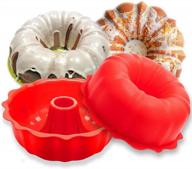
2-Pack European Grade Silicone Bunte Cake Pan Set - Non Stick Bakeware Fluted Tube Mold For Jello, Gelatin & Cakes | 9 Inch Baking Pans | Aokinle | BPA Free

38 Review
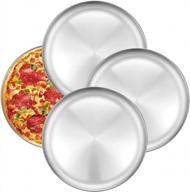
4 Pack 12 Inch Stainless Steel Round Pizza Baking Pan Tray Crisper Sheet Oven Cooking Healthy For Pizzas - Deedro

47 Review
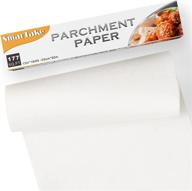
SMARTAKE Non-Stick Parchment Paper Roll, 13 In X 164 Ft (177 Sq. Ft) For Baking, Cooking, Air Fryer, Steamer, Kitchen, Cookies, Bread, And More - White Baking Pan Liner

41 Review

